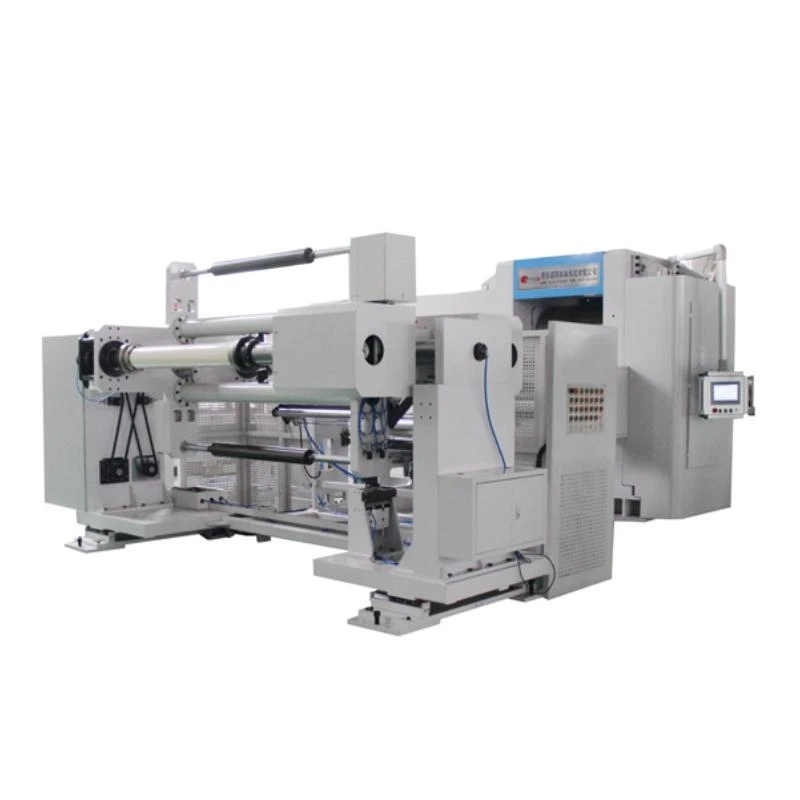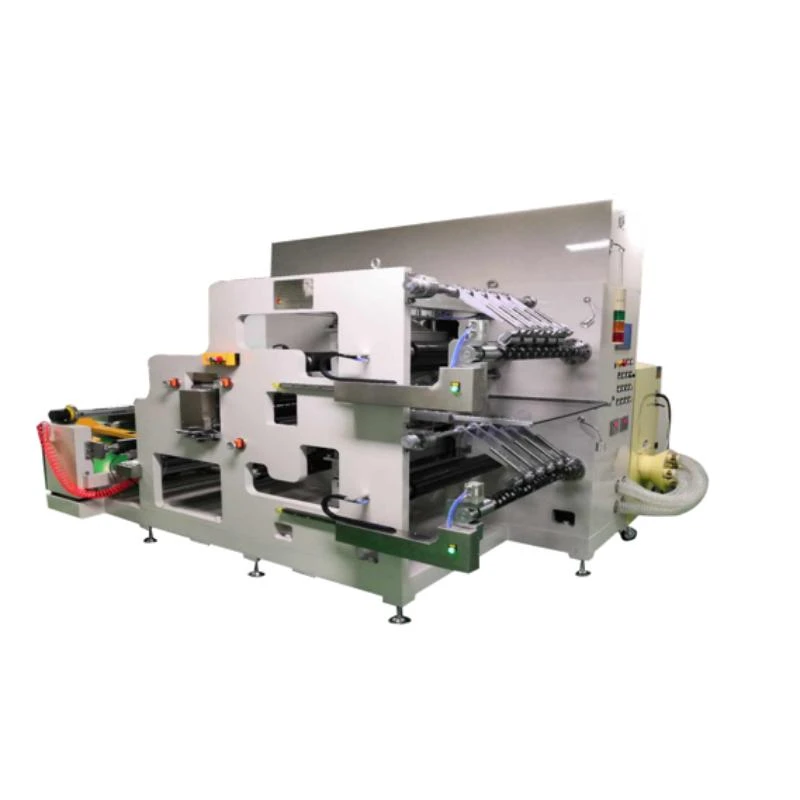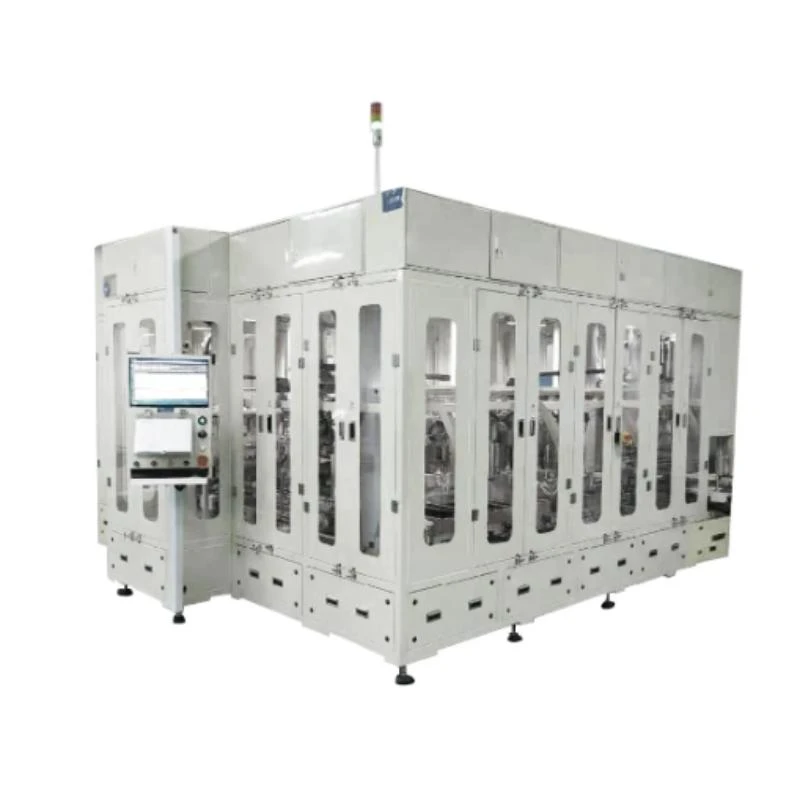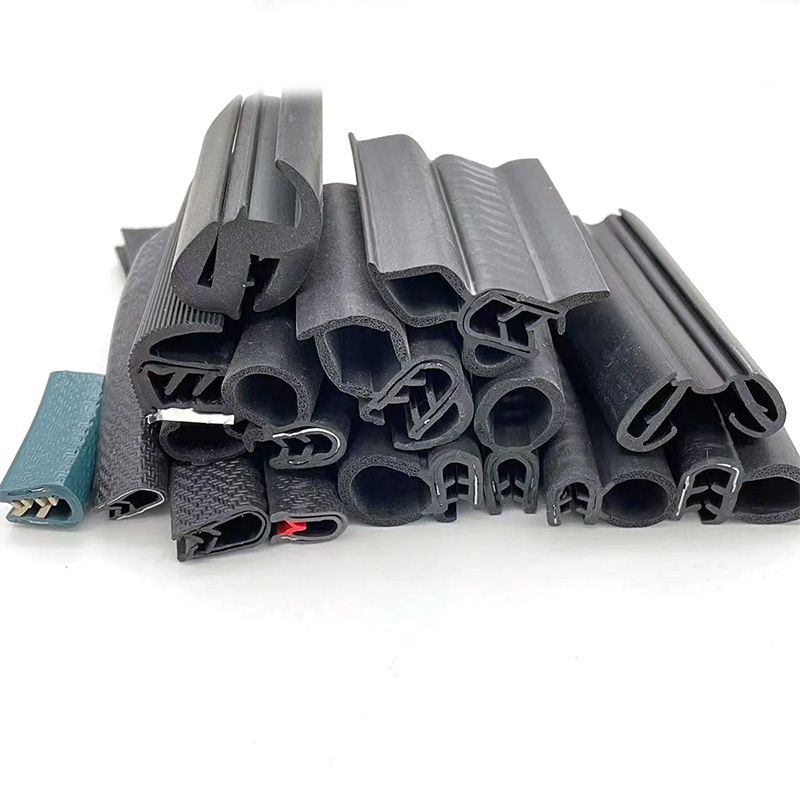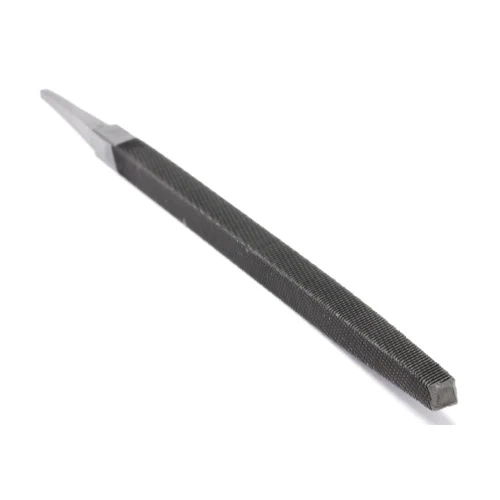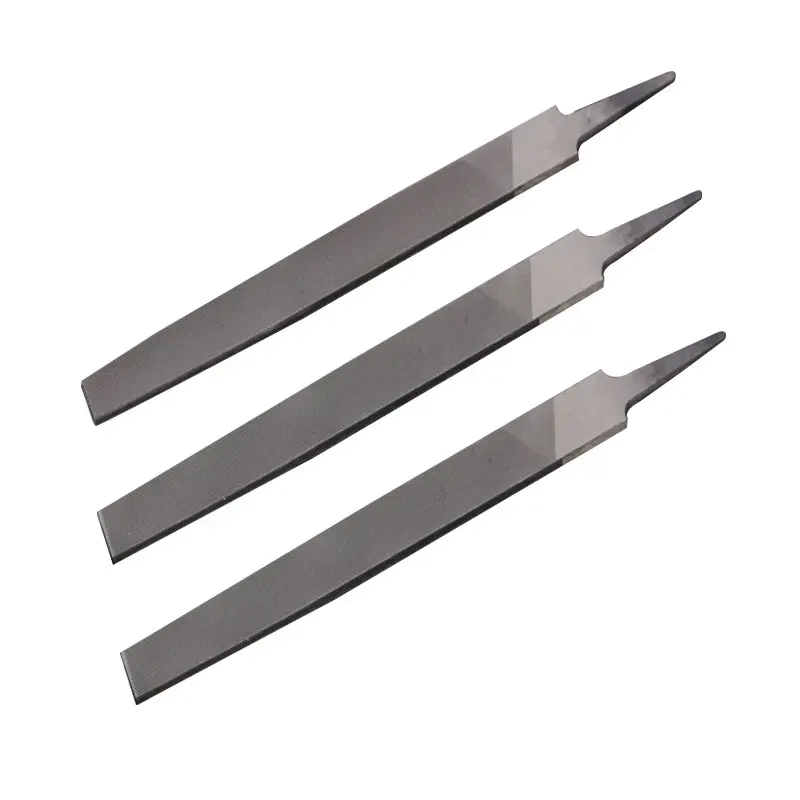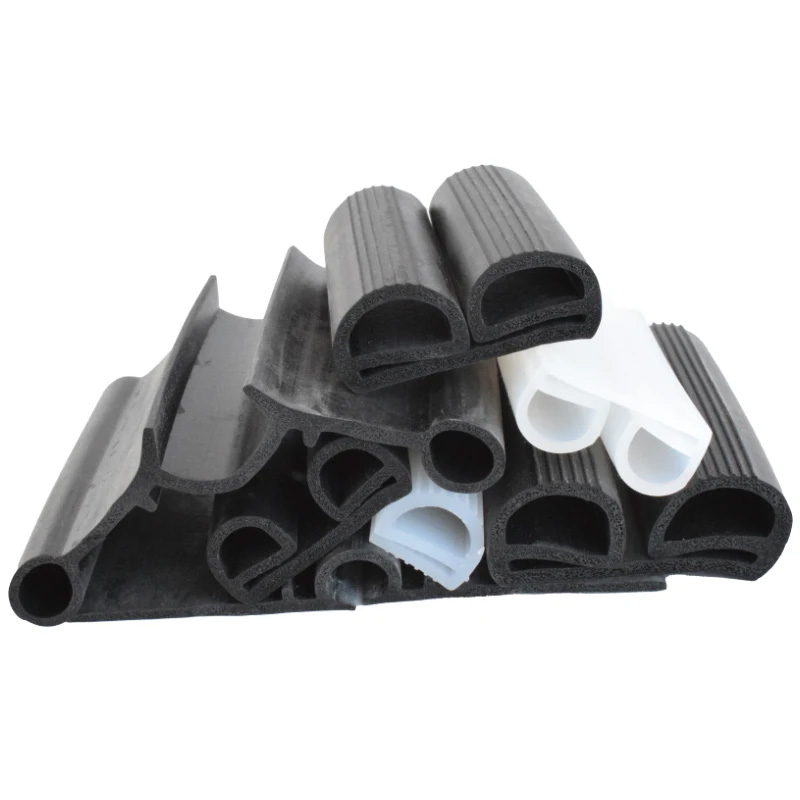The Power of Flat Files
When it comes to precision work in woodworking, metalworking, or other crafts, плоские файлы are indispensable tools. Whether you're smoothing rough edges, refining surfaces, or creating intricate shapes, these tools can handle a variety of tasks with ease. This advertrial delves into the different types of плоские файлы, including the single flat file, the straight file, and the flat rasp, and explains how they can help enhance your work. Read on to discover why these tools are a must-have for any professional or hobbyist.
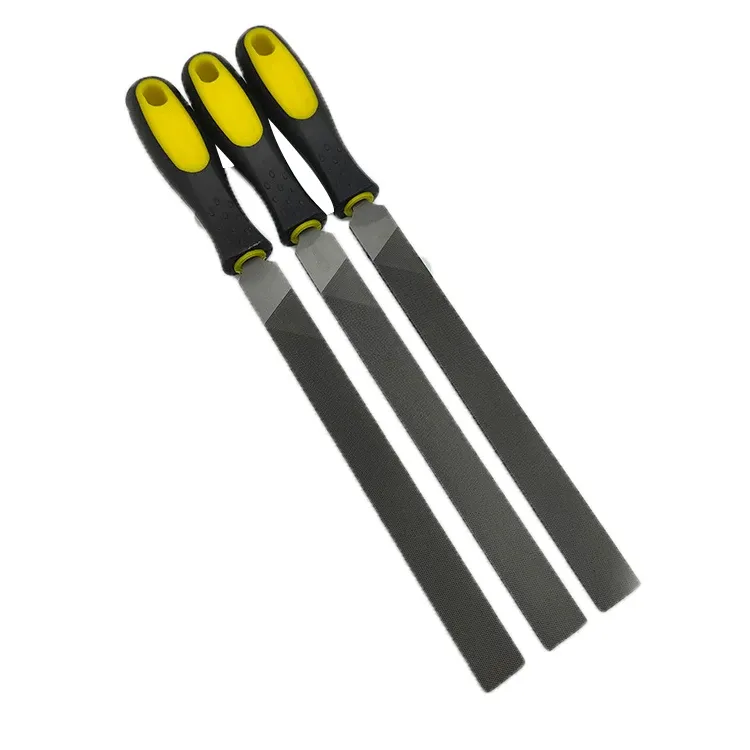
Single Flat File: Essential for Fine Finishing
A single flat file is one of the most commonly used tools in many crafting environments, providing precision and accuracy when it comes to smoothing and shaping materials. This tool has a flat surface with teeth cut in one direction, allowing for the removal of material from a surface without leaving deep grooves. Its slim profile makes it ideal for fine finishing work on wood, metal, and plastic.
The single flat file is incredibly versatile, making it an essential tool for tasks that require smoothness and attention to detail. Whether you're working on a woodworking project, shaping metal parts, or performing delicate refinements on any other material, this tool allows you to achieve a smooth finish with minimal effort. The design of the single flat file allows for controlled filing, making it easier to focus on precision areas that require detailed work. Its size and ergonomic design also offer comfort for long hours of use, making it a staple in any toolbox.
Flat File is Used For: Versatility in Material Removal
When people ask, "What flat file is used for?", the answer is straightforward: плоские файлы are designed for a wide range of applications. These tools are primarily used for smoothing, shaping, and finishing various materials, including wood, metal, and plastic. The flat file allows for fine, controlled material removal, helping professionals create clean, polished surfaces.
Whether you're deburring rough edges, refining a sharp corner, or removing a small amount of material to fit a part, плоские файлы are the go-to tool. The teeth are cut in a way that they efficiently remove material while leaving a smooth surface, unlike sandpaper, which can leave a rough finish. Flat files come in a variety of cuts and sizes, ensuring that you have the right tool for any task, from heavy-duty shaping to fine detailing.
Straight File: Perfect for Flattening and Sharpening
A straight file is a type of flat file that features teeth aligned in parallel, providing an excellent option for tasks that require precision. Ideal for creating flat surfaces and edges, the straight file works well for tasks like sharpening blades, smoothing out rough edges, or finishing a flat surface. This file type is often used in metalworking to refine parts or components and ensure they meet the necessary specifications.
What makes the straight file particularly valuable is its ability to remove material evenly across the entire surface. Whether you're sharpening a knife, deburring a metal edge, or flattening out a piece of wood, the straight file helps you achieve uniform results. It is also excellent for working with tight, confined spaces where accuracy is paramount. The straight file ensures that you can work with confidence, producing clean edges and smooth finishes every time.
Flat Rasp: Heavy-Duty Shaping and Material Removal
The flat rasp is a specialized type of flat file that is perfect for rough shaping and material removal. Unlike the finer teeth found on плоские файлы, the flat rasp features larger, more aggressive teeth that allow for fast material removal. This makes it an excellent choice for tasks like sculpting wood, shaping metal, or grinding down rough surfaces where precision is less important than speed.
Because of its rough teeth, the flat rasp is best used when you need to remove large amounts of material quickly. Whether you're working on a large woodworking project, shaping a metal part, or working on any surface that requires aggressive shaping, the flat rasp provides the power and control you need to get the job done. While it’s not suitable for fine finishing work, it’s invaluable for initial material removal, especially when working on large, rough surfaces.
Flat Files: A Must-Have Tool for Every Craftsperson
From the single flat file to the flat rasp, плоские файлы are a vital part of any professional’s toolkit. Whether you're refining the edges of a workpiece, smoothing out a rough surface, or performing detailed carving, плоские файлы offer versatility and precision that other tools simply can't match. Their diverse range of shapes, sizes, and cuts ensures that there is always the right file for the job.
Using плоские файлы correctly involves understanding their unique features and knowing when to use them. While the single flat file is great for finishing work, the straight file excels at flattening and sharpening, and the flat rasp provides powerful material removal. By integrating these tools into your workflow, you can improve the quality of your work, increase efficiency, and ensure that your projects are completed to the highest standard.
In conclusion, плоские файлы—including the single flat file, straight file, and flat rasp—are indispensable tools for anyone who works with materials that require precision and fine finishing. Whether you're a seasoned professional or an aspiring DIY enthusiast, having a variety of плоские файлы at your disposal will make your projects easier and more enjoyable.
Делиться
-
Lithium Battery Welding Machine | High-Precision, Fast, SafeНовостиNov.17,2025
-
Aluminium Guide Roller | Anodized, Lightweight, Low-NoiseНовостиNov.17,2025
-
Tofu Cat Litter Bulk – Eco, Low-Dust, Fast Clumping SupplyНовостиNov.17,2025
-
Equipment for Lithium Cell Assembly | Automated & PreciseНовостиNov.10,2025
-
Square File Tool – Precision Cut, Hardened Steel, VersatileНовостиNov.10,2025
-
Lithium Ion Battery Assembly Machine | Automated, High-SpeedНовостиNov.10,2025
